Expansion of the Bakery Sector
The Bake Stable Pastry Filling Market is benefiting from the expansion of the bakery sector, which has seen a resurgence in popularity. With the rise of artisanal bakeries and the increasing consumer preference for freshly baked goods, the demand for high-quality pastry fillings is on the rise. Market data indicates that the bakery industry is expected to grow at a rate of 3.8% annually, creating a favorable environment for the Bake Stable Pastry Filling Market. This growth is likely to encourage manufacturers to innovate and diversify their product offerings, catering to a wider range of consumer tastes and preferences.
Rising Demand for Convenience Foods
The Bake Stable Pastry Filling Market is experiencing a notable surge in demand for convenience foods. As consumers increasingly seek quick and easy meal solutions, the appeal of ready-to-use pastry fillings has grown. This trend is particularly evident in the bakery sector, where time-strapped individuals and families favor products that require minimal preparation. According to recent data, the convenience food segment is projected to grow at a compound annual growth rate of approximately 4.5% over the next five years. This growth is likely to drive innovation within the Bake Stable Pastry Filling Market, as manufacturers strive to meet consumer expectations for quality and taste while ensuring ease of use.
Adoption of Innovative Flavor Profiles
The Bake Stable Pastry Filling Market is witnessing a trend towards the adoption of innovative flavor profiles. As consumers become more adventurous in their culinary choices, there is a growing demand for unique and exotic flavors in pastry fillings. This trend is reflected in the increasing popularity of fillings such as matcha, salted caramel, and various fruit blends. Market Research Future suggests that products featuring innovative flavors can command higher price points, thereby enhancing profitability for manufacturers. This shift towards flavor innovation is likely to play a crucial role in shaping the future of the Bake Stable Pastry Filling Market.
Increased Focus on Clean Label Products
The Bake Stable Pastry Filling Market is experiencing a shift towards clean label products, driven by consumer demand for transparency in food ingredients. As health-conscious consumers seek products with fewer artificial additives and preservatives, manufacturers are reformulating their offerings to align with these preferences. This trend is supported by data indicating that nearly 60% of consumers are willing to pay a premium for clean label products. Consequently, the Bake Stable Pastry Filling Market is likely to see an increase in the development of natural and organic fillings, catering to this growing segment of the market.
Technological Advancements in Food Processing
The Bake Stable Pastry Filling Market is benefiting from technological advancements in food processing techniques. Innovations such as improved emulsification and stabilization methods are enhancing the quality and shelf life of pastry fillings. These advancements not only improve product consistency but also allow for the incorporation of a wider range of ingredients, including those that are health-focused. Market analysis indicates that the adoption of advanced processing technologies could lead to a reduction in production costs by up to 15%, thereby increasing competitiveness within the Bake Stable Pastry Filling Market. This trend is likely to encourage further investment in research and development, fostering continued growth.


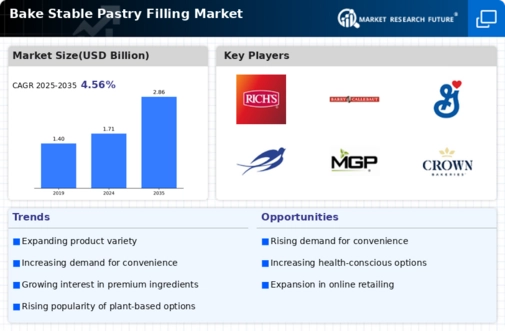
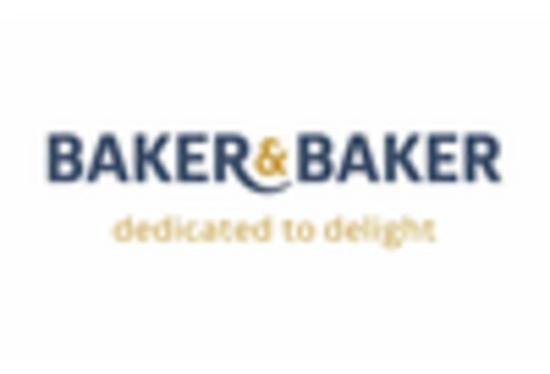

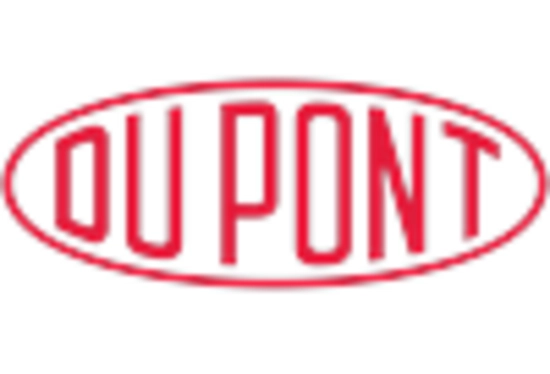
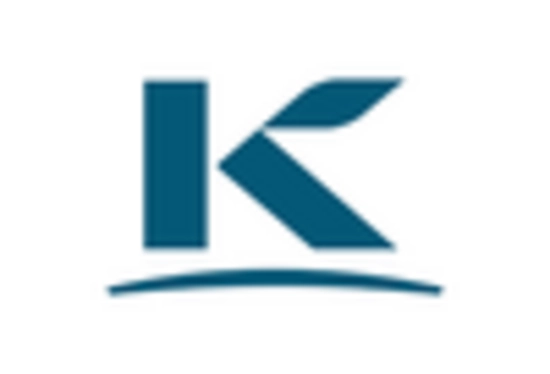

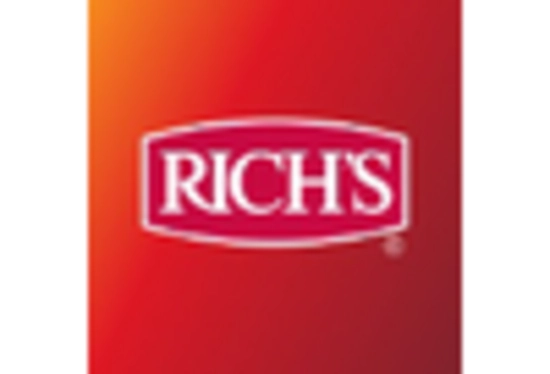








Leave a Comment